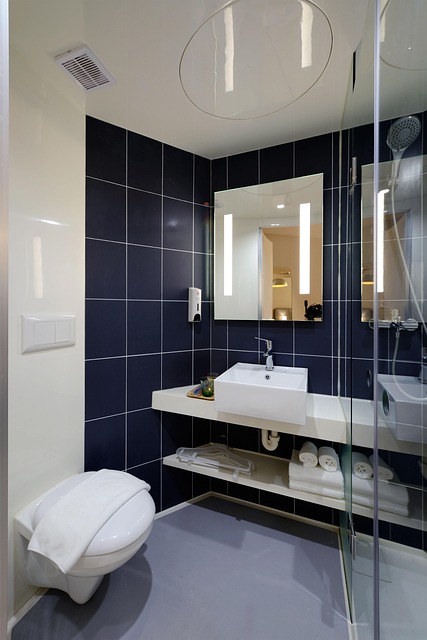Accurate drug label translations are vital in the pharmaceutical industry for global distribution and UK compliance, avoiding serious consequences like mistranslations leading to incorrect dosages or adverse reactions. Reputable translation companies specializing in medical terminology employ skilled linguists to meet MHRA regulations. This meticulous process includes expert reviews and quality assurance checks to ensure clear patient/healthcare professional information on diverse language audiences. Choosing the right partner involves assessing expertise, experience, and tailored services for regulatory adherence and patient safety. Advanced tools combine machine translation with human review, automating tasks while preserving format, layout, and design elements according to local regulations. Case studies demonstrate successful global translations using advanced technologies and pharmacological knowledge, enhancing patient safety and treatment outcomes worldwide.
In the dynamic pharmaceutical industry, ensuring clear and accurate drug label translations is paramount. With global markets expanding, UK-based companies must navigate stringent regulatory requirements while maintaining product safety and efficacy. This article explores the critical aspects of drug label translation, from understanding cultural nuances to leveraging technology. We delve into best practices, quality assurance, and successful case studies, offering insights for healthcare professionals seeking reliable translation services for pharmaceutical product labels in the UK.
- Understanding the Significance of Accurate Drug Label Translations
- Navigating Regulatory Requirements for Pharmaceutical Labels in the UK
- Choosing the Right Translation Service Provider for Healthcare Documentation
- The Process: From Source Text to Finalized Translated Labels
- Quality Assurance and Validation in Pharmaceutical Translation Projects
- Leveraging Technology for Efficient Drug Label Localization
- Case Studies: Successful Translations of Pharmaceutical Product Labels
Understanding the Significance of Accurate Drug Label Translations
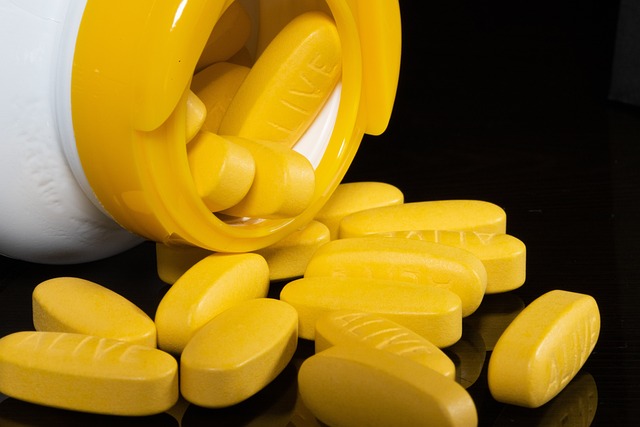
Accurate drug label translations are paramount in the pharmaceutical industry, especially for global distribution and compliance with local regulations. In the UK, where a diverse range of languages is spoken, ensuring clear and precise label translations for pharmaceutical products is not just a legal requirement but also a critical aspect of patient safety. Mistranslations can lead to confusion, incorrect dosage, or even severe adverse reactions, making translation services for pharmaceutical product labels in the UK an indispensable part of the supply chain.
Professional translation companies specializing in medical terminology offer valuable expertise, employing linguists with pharmaceutical backgrounds to navigate complex terminology and regulatory requirements. This ensures that drug labels are not only linguistically accurate but also adhere to specific formatting and cultural nuances required across different markets. Effective translations facilitate better patient understanding, improve medication adherence, and contribute to overall public health by reducing the risk of errors associated with poorly translated or non-compliant labels.
Navigating Regulatory Requirements for Pharmaceutical Labels in the UK

In the UK, pharmaceutical labels are subject to stringent regulatory requirements set by the Medicines and Healthcare products Regulatory Agency (MHRA). These regulations ensure that drug labels provide clear, accurate, and complete information for safe use, including instructions for patients and healthcare professionals. When it comes to translation services for pharmaceutical product labels in the UK, adhering to these strict standards is paramount. Reputable translation companies specializing in pharmaceutical translations employ linguists with expertise in both the medical field and target languages to deliver precise, compliant label translations.
To meet MHRA guidelines, translated labels must include all mandatory information found on original English labels, such as active ingredients, indications for use, contraindications, side effects, and dosage instructions. Furthermore, the translation process involves rigorous quality assurance checks, including reviews by subject matter experts to ensure accuracy and clarity in the target language. This meticulous approach guarantees that translated labels maintain their regulatory integrity while effectively communicating product information to diverse linguistic audiences across the UK market.
Choosing the Right Translation Service Provider for Healthcare Documentation

When it comes to translating drug labels, choosing the right partner is paramount to ensure safety and regulatory compliance. In the UK, where pharmaceutical products are subject to stringent regulations, selecting a translation service provider (TSP) with expertise in healthcare documentation is crucial. Look for TSPs that not only have experience in localization but also a deep understanding of pharmacological terminology and medical devices regulations.
Reputation and track record are key indicators. Opt for providers who specialize in pharmaceutical translations, offering services tailored to meet the unique demands of this sector. They should employ language experts with backgrounds in pharmacology or medicine, enabling them to deliver accurate, culturally appropriate, and legally compliant translations for pharmaceutical product labels across various languages.
The Process: From Source Text to Finalized Translated Labels
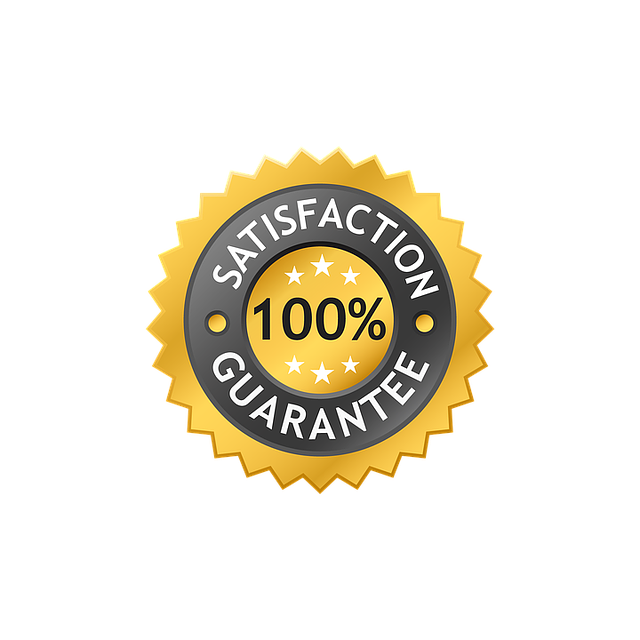
The process of translating drug labels involves several crucial steps, ensuring accurate and compliant communication with global audiences. It begins with the source text—the original label content created by pharmaceutical companies. This text is carefully reviewed by in-house linguists or specialized translation services for Pharmaceutical Product Labels UK. The review process includes checking for technical accuracy, ensuring that medical terminology is correctly translated, and verifying that the content aligns with local regulations and cultural nuances.
Once approved, the source text is then digitally prepared and formatted to facilitate seamless translation. This preparation may involve using specialized CAT (Computer-Assisted Translation) tools or software to manage terminologies and maintain consistency throughout the document. Following this, qualified translators, often with medical backgrounds, translate the content into the target languages. After translation, a quality assurance (QA) check is conducted to identify any potential errors, ensuring that the final labels meet industry standards and regulatory requirements. This meticulous process guarantees that patients worldwide receive clear and effective drug label information.
Quality Assurance and Validation in Pharmaceutical Translation Projects

In pharmaceutical translation projects, Quality Assurance (QA) and Validation are paramount to ensure patient safety and regulatory compliance. When translating drug labels for the UK market, using specialized translation services is crucial. These services employ linguists with expert knowledge of pharmacology and medical terminology, coupled with rigorous QA processes. Each translated document undergoes multiple checks, including technical accuracy, linguistic fluency, and cultural adaptability. Automated tools like machine translation can be used as a first pass, but human review remains essential to catch nuances and ensure the final label is both precise and effective.
Validation processes involve comparing the translated label against the source content, confirming it accurately conveys all necessary information in a clear and concise manner. This includes verifying that the format, layout, and design elements are preserved or adapted appropriately for local regulations and cultural preferences. Regular feedback loops between translators, reviewers, and subject matter experts ensure continuous improvement, addressing any issues or ambiguities promptly. Ultimately, these QA and validation measures safeguard the integrity of drug labels, enhancing patient understanding and trust in pharmaceutical products.
Leveraging Technology for Efficient Drug Label Localization
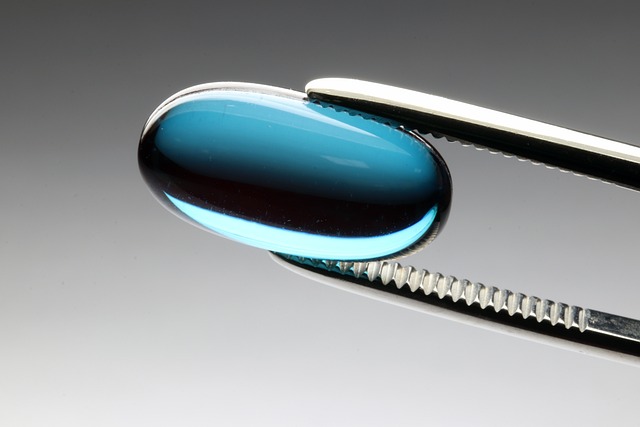
In today’s global pharmaceutical market, leveraging technology is crucial for efficient drug label localization. Advanced translation services in the UK employ machine translation (MT) engines that can rapidly generate initial translations, which are then refined by human translators. This two-pronged approach ensures both speed and accuracy, meeting the stringent regulatory requirements for pharmaceutical product labels.
These platforms often integrate with content management systems, facilitating seamless updates across multiple languages and markets. By automating repetitive tasks and minimizing manual effort, pharmaceutical companies can streamline their label translation processes, reduce costs, and expedite time-to-market. This is particularly vital in the UK, where diverse linguistic needs demand precise and compliant translations for drug labels to ensure patient safety and regulatory adherence.
Case Studies: Successful Translations of Pharmaceutical Product Labels
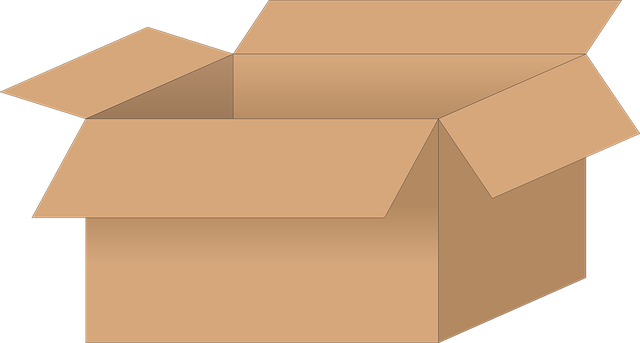
When it comes to translating pharmaceutical product labels, precision and accuracy are paramount. Case studies from leading translation services for Pharmaceutical Product Labels UK highlight the importance of specialized language expertise. These services have successfully navigated complex regulatory landscapes, ensuring labels remain compliant across multiple languages. By leveraging advanced translation technologies and a deep understanding of pharmacological terminology, they’ve delivered consistent, high-quality results.
One notable example involves a global pharmaceutical company that required translations for its diverse product portfolio. The translation service not only accurately conveyed medical terminology but also adapted cultural nuances to ensure clarity and comprehension among diverse patient populations. This meticulous approach resulted in labels that met regulatory standards while effectively communicating critical information to users worldwide, thereby enhancing patient safety and treatment outcomes.
In conclusion, handling translations for drug labels requires a deep understanding of both regulatory requirements and linguistic precision. By choosing the right translation service provider and leveraging technology, pharmaceutical companies in the UK can ensure accurate and compliant product labels that meet global standards. This article has explored each step of this critical process, from navigating regulatory landscapes to implementing quality assurance measures, ultimately highlighting the importance of professional translation services for drug label localization. When it comes to translation services for Pharmaceutical Product Labels UK, a meticulous approach guarantees patient safety and fosters trust in the industry.


